Copyright and patent laws vary by country, but generally, there are different aspects of a mobile app that can be protected under various intellectual property (IP) laws. Understanding what can and cannot be protected is crucial for safeguarding your app idea. Here’s a breakdown:
Copyright
-
-
- What it Protects: Copyright primarily protects the original expression of ideas, such as the code, text, and graphics in your app.
- What it Doesn’t Protect: Copyright does not protect the idea, concept, functionality, or the underlying principles of your app.
- How to Use It: Ensure your app’s code, design, and content are original. Copyright is automatically granted upon creation of the work in a tangible form.
-
Patent
-
-
- What it Protects: Patents protect new inventions or a new way of doing something, which could include a unique method or process your app uses.
- What it Doesn’t Protect: General ideas or concepts behind the app cannot be patented.
- Challenges: Obtaining a patent can be difficult, expensive, and time-consuming. The invention must be novel, non-obvious, and useful.
- How to Use It: If your app has a unique, novel functionality or method, you can apply for a patent. Consult a patent attorney for guidance.
-
Trademark
-
-
- What it Protects: Trademarks protect brand names, logos, and slogans.
- How to Use It: You can trademark the name, logo, or slogan of your app to prevent others from using a similar identifying mark.
-
Trade Secrets
-
-
- What it Protects: Trade secrets protect confidential business information that provides a competitive edge.
- How to Use It: Keep your app’s algorithms, formulas, or any unique aspects that are not publicly known as trade secrets. Use non-disclosure agreements (NDAs) with employees and partners.
-
Additional Strategies
-
-
- Non-Disclosure Agreements (NDAs): Use NDAs when discussing your app with potential investors, developers, or partners.
- Terms of Use and Privacy Policy: Implement strong terms of use and privacy policies for your app users.
- Regular Updates: Keep your app updated with new features and improvements to stay ahead of competitors.
-
Understanding Limitations
-
-
- Idea vs. Expression: It’s important to understand that while you can protect the expression of an idea (how it’s manifested and implemented), the idea itself is generally not protectable.
- Market Research and Monitoring: Regularly conduct market research and monitor similar apps to ensure your IP rights are not being infringed upon.
-
In summary, while you can’t patent or copyright the “idea” of an app, you can protect its specific implementation, appearance, and brand identity through a combination of copyright, patents, trademarks, and trade secrets. Consulting with IP attorneys and regularly reviewing your IP strategy is advisable to ensure comprehensive protection.







